Apple launches a new feature that makes it easier to use your phone while sitting on vehicle

13:21 19/05/2024

2 phút đọc
Have you ever experienced the feeling of nausea during motion sickness but still tried to focus on your phone screen to relieve yourself? Or do sudden sudden brakes or the feeling of swaying make you even more uncomfortable? That’s when your body is starting to “fight” with the conflict between vision and hearing, forcing you to look out the window instead of immersing yourself in the virtual world on your phone.

Good news for those who often get motion sickness when using their phones! Apple has just launched a new feature called Vehicle Motion Cues on iOS and iPadOS to help reduce motion sickness.
Vehicle Motion Cues work by using the device’s built-in sensors to track vehicle movement. Specifically, the iPhone or iPad will use sensors to detect small movements of the vehicle you are traveling on. It then displays small dots along the edges of the screen that move with the vehicle, ideally synchronizing as you move and preventing mismatches between sight and feel. Users can enable or disable this feature in the device’s settings. When the vehicle moves, small dots will appear on the screen and move in the direction of the vehicle’s movement. This helps your brain perceive the vehicle’s movement, thereby reducing the difference between the image you see on the screen and the actual movement of your body, helping to minimize the feeling of motion sickness.
This feature is part of a larger update of new accessibility features on Apple devices, aimed at providing a better user experience.
Motion sickness occurs when you focus on something steady like your phone or book while your surroundings are moving. This anti-sickness feature works by tricking your brain into synchronizing between your steady handset and moving surroundings.
Apple launched many new accessibility features, notably eye control and vibrating music for the hearing impaired
In addition to the anti-motion sickness feature that many people have noticed, Apple also quietly added many other accessibility improvements in the latest update.
The most notable highlight is the eye tracking feature, allowing users to control iPhone and iPad completely with their eyes without touching the screen. This is an important step forward to help people with mobility disabilities have new and convenient ways to interact.
Next, the music vibration feature promises to bring a unique music experience to people who are deaf or hard of hearing. Thanks to the device’s ability to convert sound into subtle vibrations, users can feel the rhythm and melody of the song, thereby enhancing their music experience.
Besides, Apple also improved the voice control feature , making it easier for users to control the device by voice, even when pronunciation is not correct. At the same time, the company also added many new accessibility options in the VisionOS operating system specifically for the visually impaired, and integrated live captioning for videos on most Apple devices.
Từ khoá:
Bài viết liên quan
Palm Mini 2 Ultra: Máy tính bảng mini cho game thủ
Robot with smart grip
NASA’s goal of conquering the Sun
Apple launches a new feature that makes it easier to use your phone while sitting on vehicle
Google Photos launches smart search feature “Ask for photos”
Roku streams live MLB baseball games for free
Gun detection AI technology company uses Disney to successfully persuade New York
Hackers claim to have collected 49 million Dell customer addresses before the company discovered the breach
Thai food delivery app Line Man Wongnai plans to IPO in Thailand and the US in 2025
Google pioneered the development of the first social networking application for Android
AI outperforms humans in gaming: Altera receives investment from Eric Schmidt
TikTok automatically labels AI content from platforms like DALL·E 3
Dell’s data was hacked, revealing customers’ home address information
Cracking passwords using Brute Force takes more time, but don’t rejoice!
US lawsuit against Apple: What will happen to iPhone and Android?
The UAE will likely help fund OpenAI’s self-produced chips
AI-composed blues music lacks human flair and rhythm
iOS 17: iPhone is safer with anti-theft feature
Samsung launches 2024 OLED TV with the highlight of breakthrough anti-glare technology

REGISTER
TODAY
Sign up to get the inside scoop on today's biggest stories in markets, technology delivered daily.
By clicking “Sign Up”, you accept our Terms of Service and Privacy Policy. You can opt out at any time.











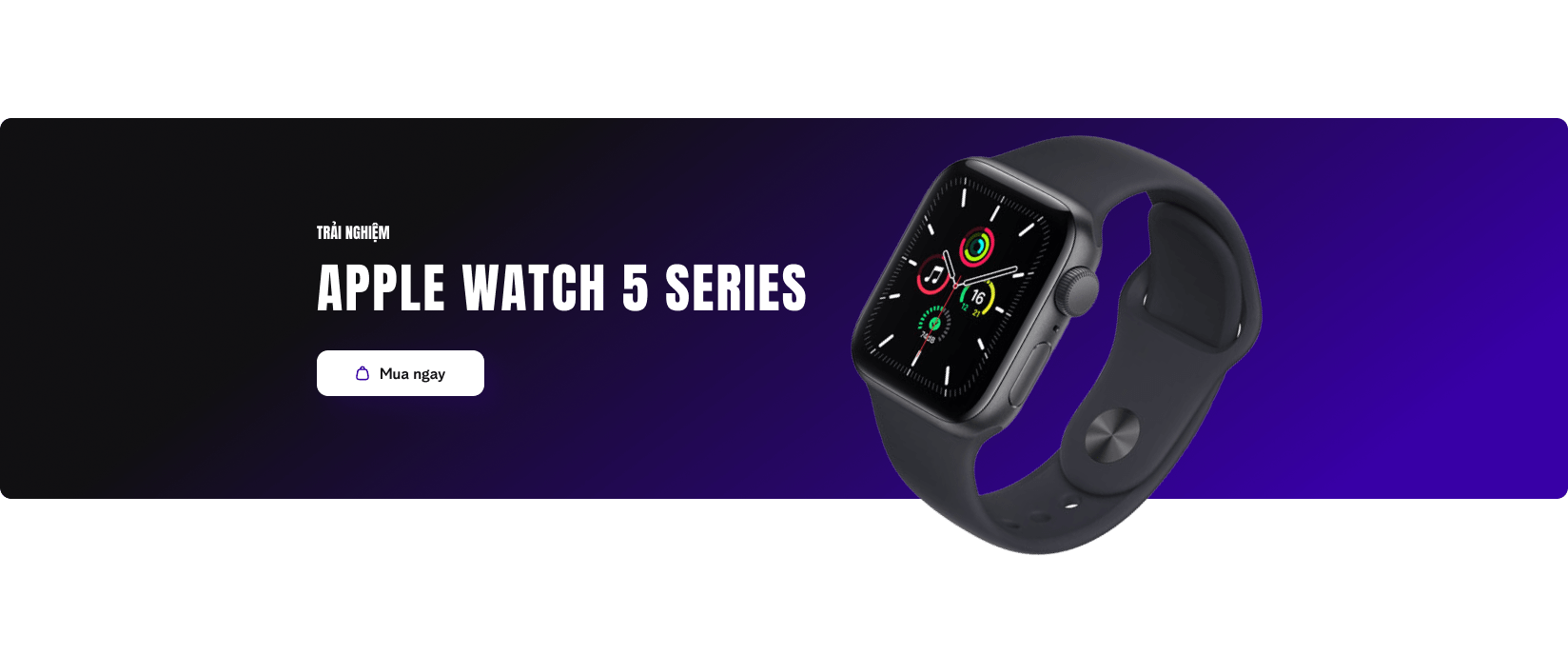
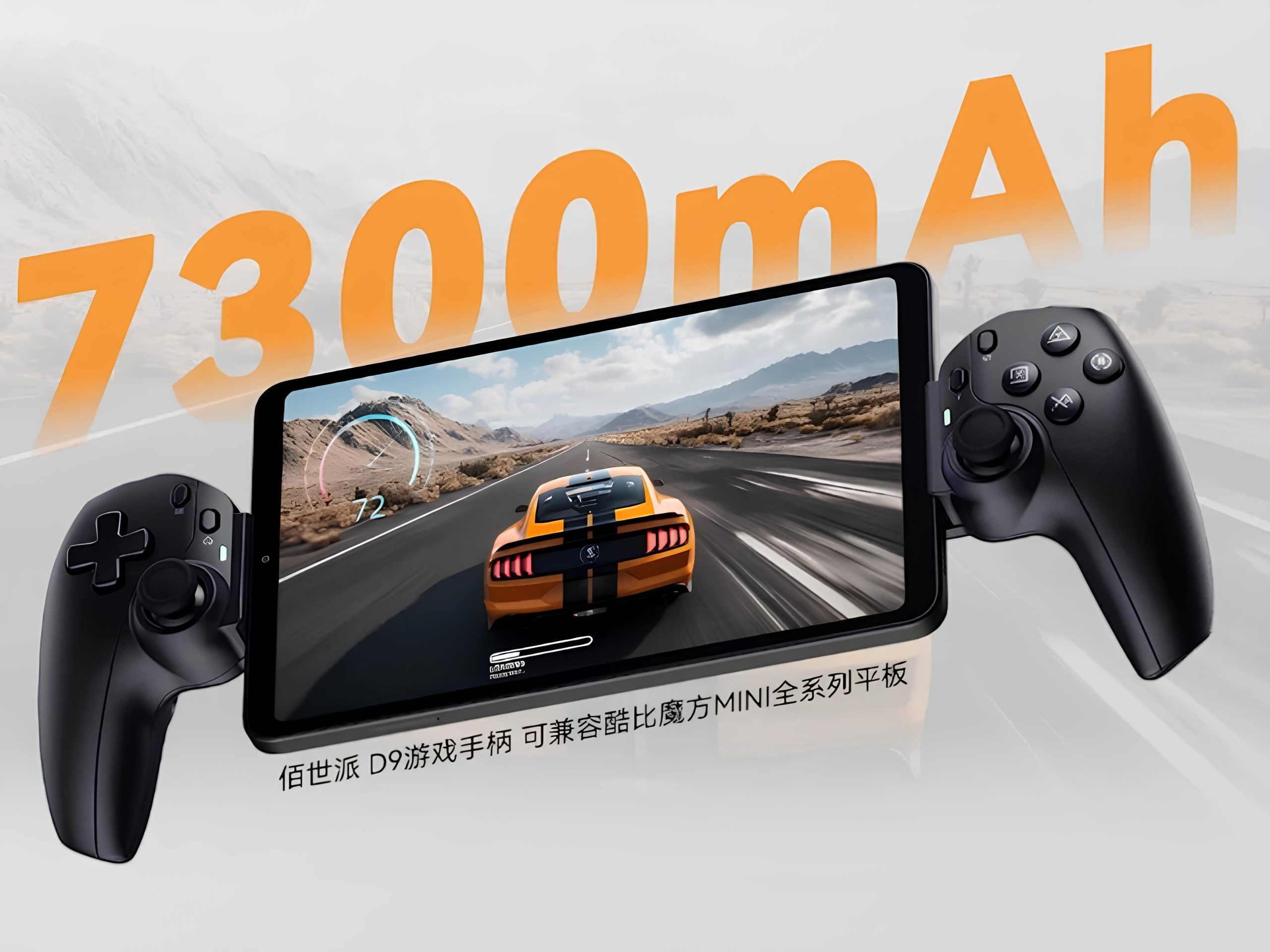
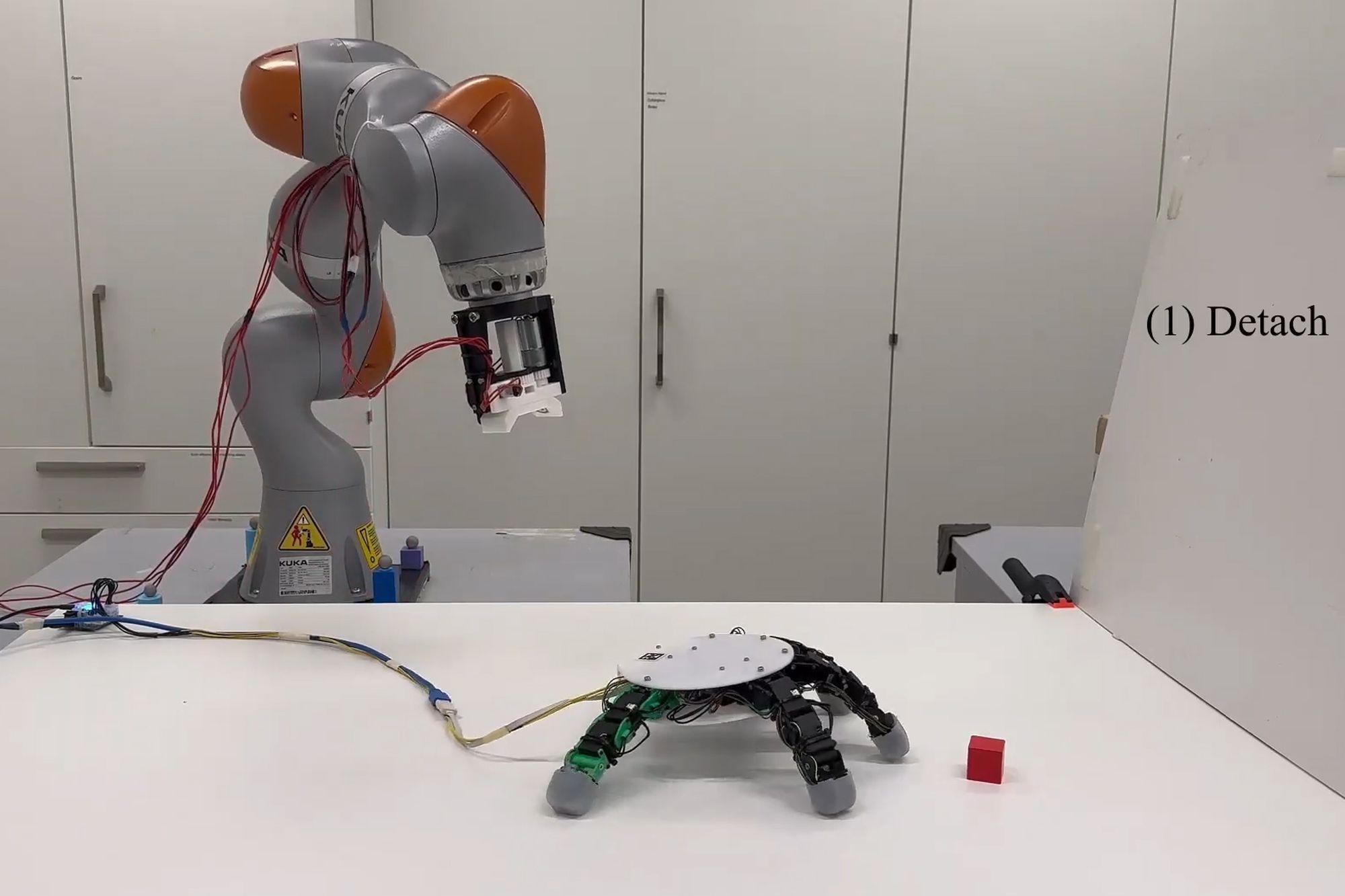

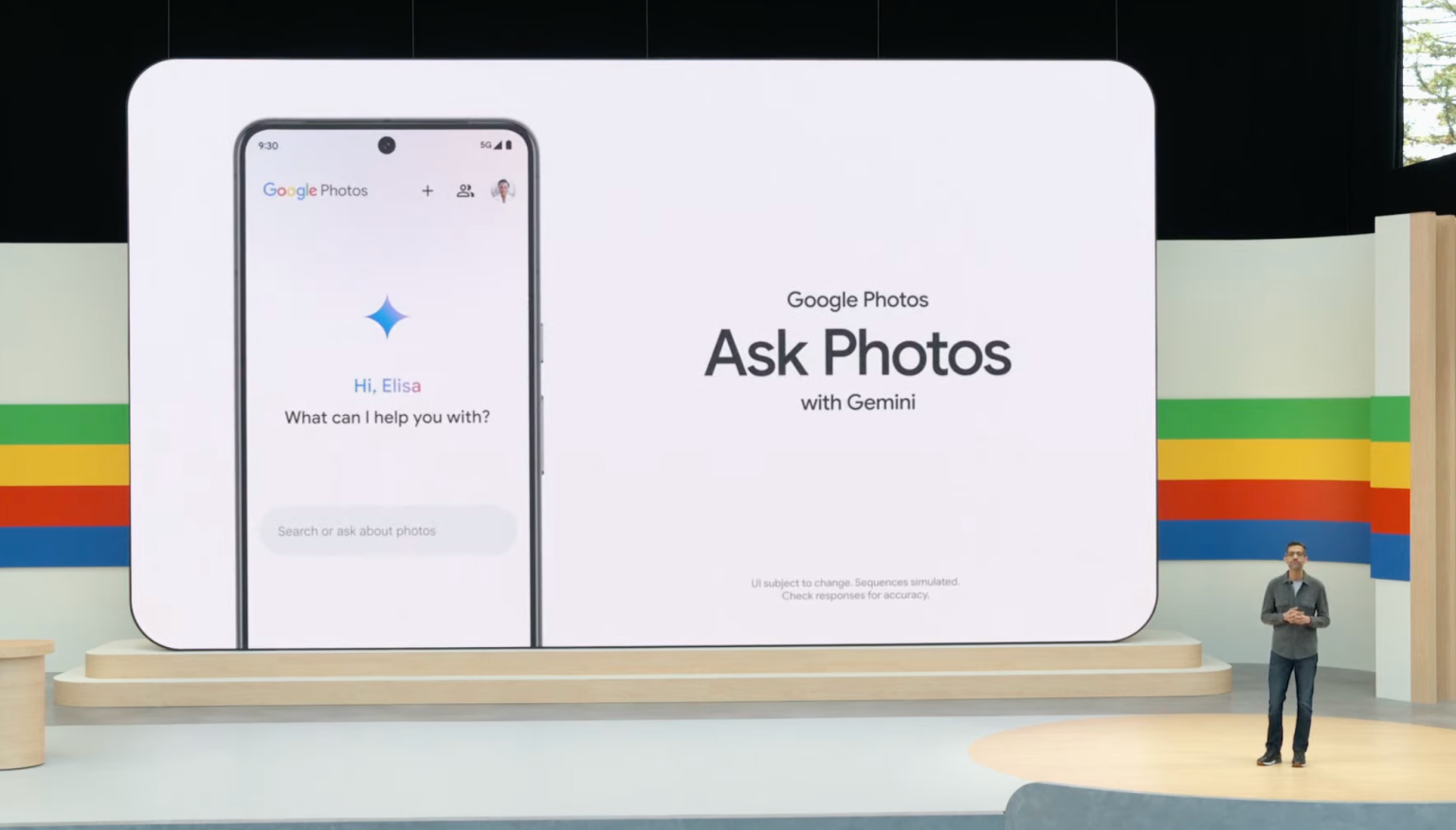









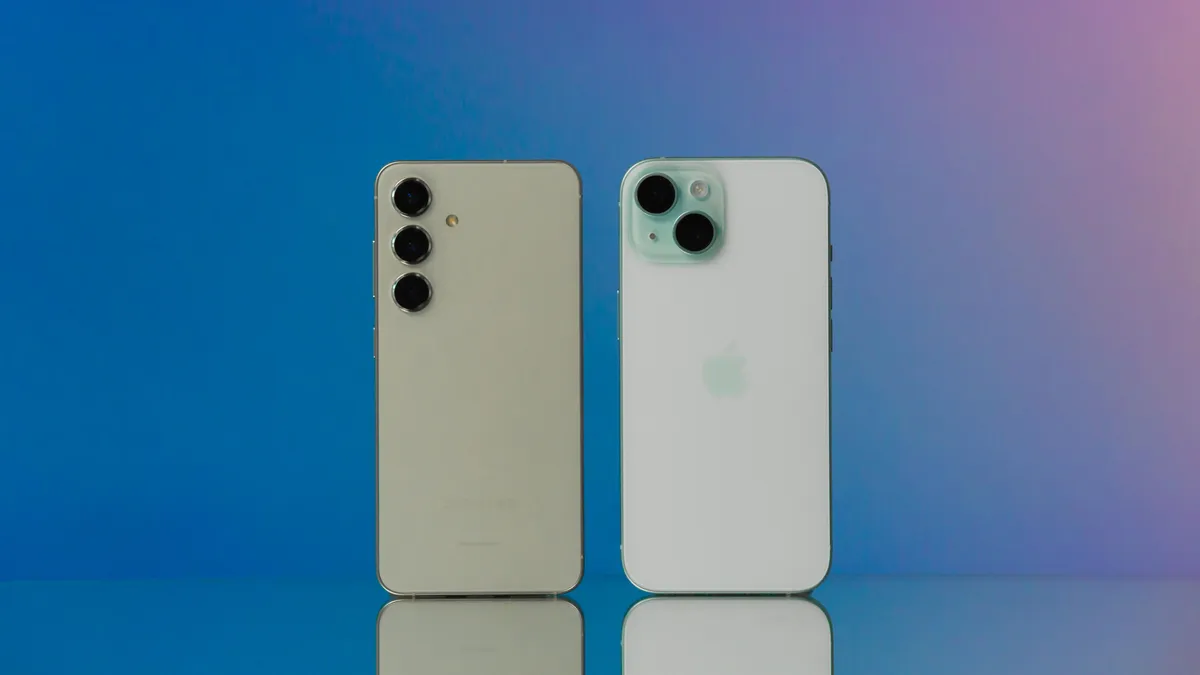

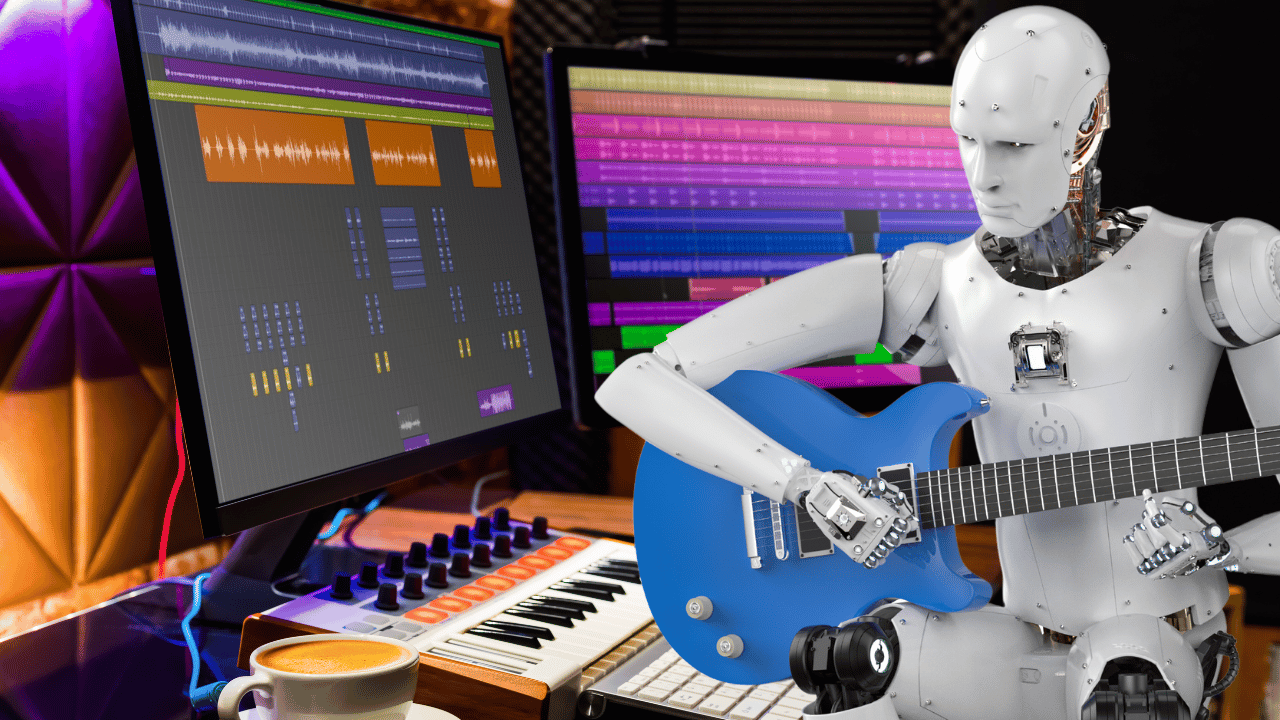
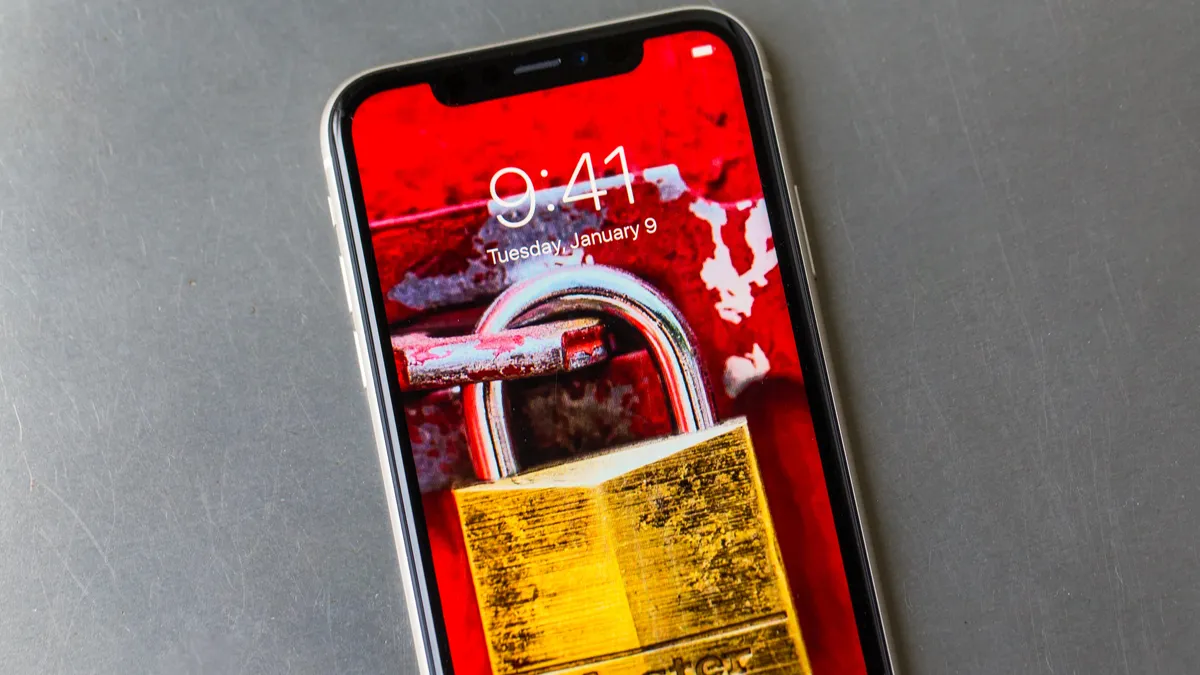
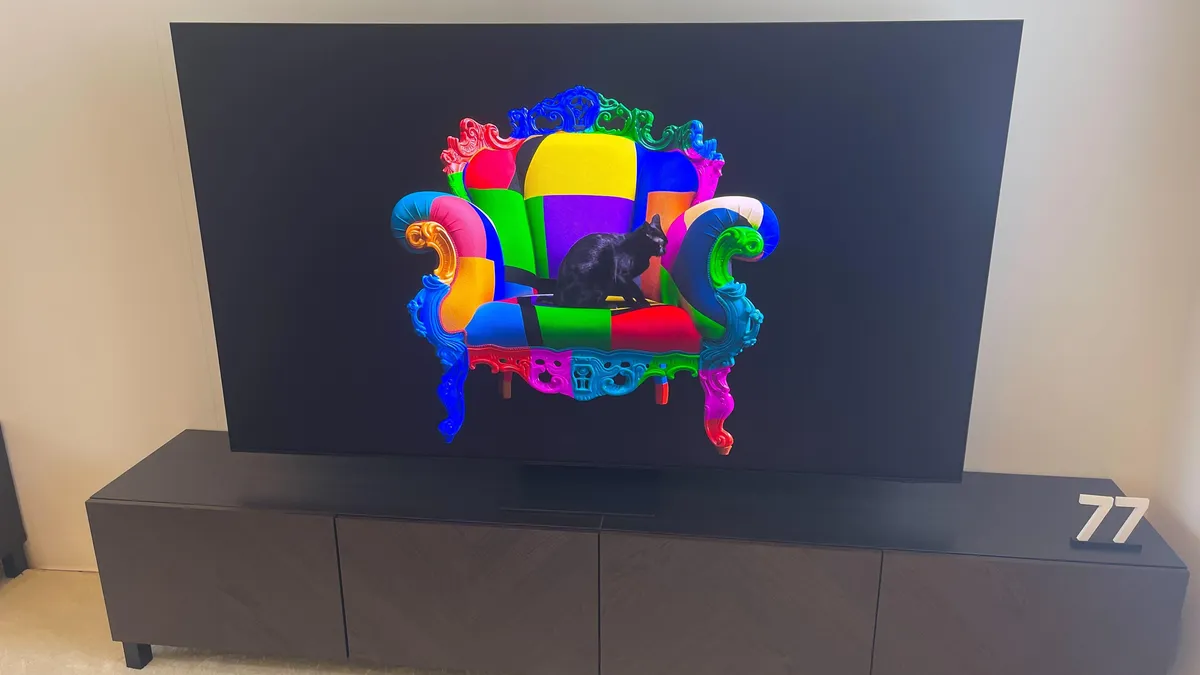

Nhận xét (0)